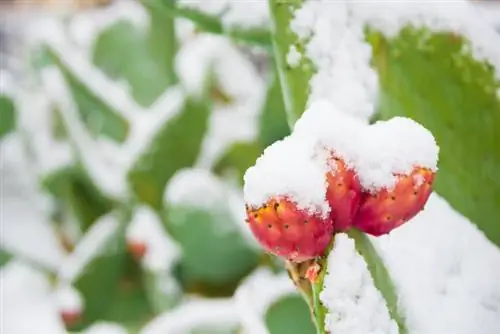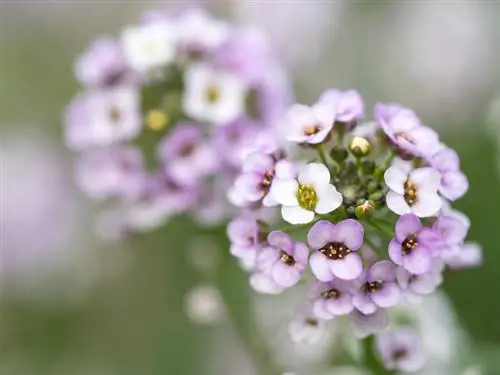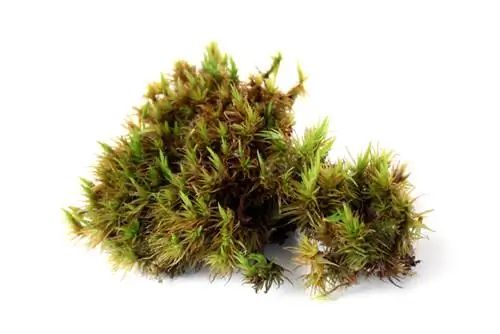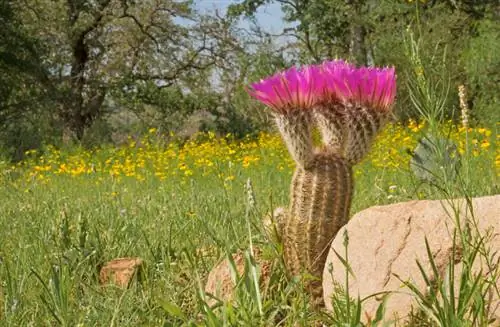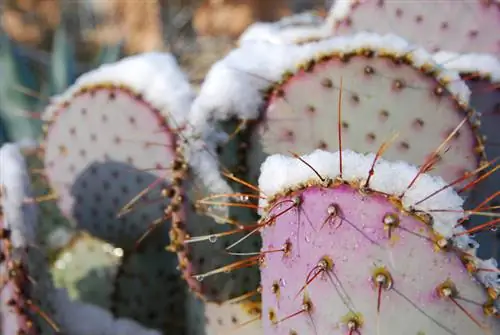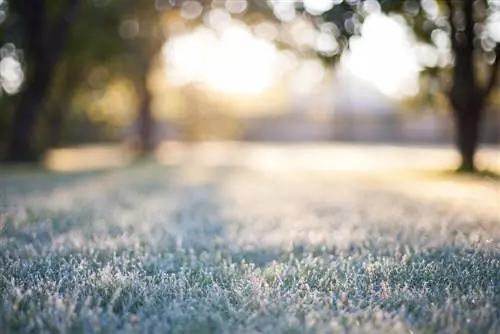- Author admin [email protected].
- Public 2023-12-16 16:46.
- Last modified 2025-06-01 06:02.
The multi-faceted cactus family is not limited to the sun worshipers of the deserts and the cold-sensitive leaf cacti of tropical rainforests. Some survival artists live in the Andes at altitudes up to 4,500 meters or high up in the North American mountains and are correspondingly frost-hardy. Without special precautions, hardy cacti will not survive the Central European winter. This is how it works.
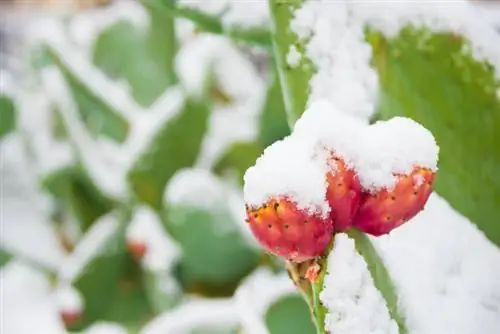
What preparations do hardy cacti need before frost?
To prepare hardy cacti from frost, gradually reduce the water supply from August and stop it completely from September. Do not fertilize in autumn and winter. Also make sure you have a location protected from the rain or use moisture protection such as greenhouse film.
Winter-hardy cactus species - an overview
They are few and far between, the really frost-hardy cacti. We looked at cactus experts and put together the following proven hardy species for you:
- Prickly pear cactus species, such as Opuntia phaeacantha, Opuntia fragilis or Opuntia rhodantha
- Hedgehog columnar cacti, such as Echinocereus adustus, Echinocereus viridiflorus
- Cylindropuntia imbracata, Cylindropuntia whipplei or Cylindropuntia kleiniae
- Grusonia clavata syn. Corynopuntia clavata
- Spherical cacti, like Escobaria vivipara v. arizonica
Among the cacti without spines, also known as leaf cacti, you will look in vain for frost-hardy species. Here, cold tolerance reaches its limits at 5 degrees Celsius at the latest.
Without proper preparation, the best frost hardiness is of no use
The cacti mentioned can only be confident in their frost hardiness if they are given a preparation phase from late summer onwards. The focus is on reducing water, as the succulents freeze miserably with full storage tanks. How to do it right:
- Plant hardy cacti in spring in a sunny, rain-protected location
- Enrich the soil with coarse-grained, inorganic materials, such as expanded clay (€19.00 on Amazon), lava grit or pumice gravel
- Water gradually less from August
- Stop the water supply completely from September
- Do not fertilize from autumn to spring
All measures to reduce water are ineffective if hardy cacti are exposed to permanent moisture from rain or snow. If there is no rain-protected location available, a simple superstructure acts as moisture protection. To do this, cover 4 wooden stakes with translucent, rainproof greenhouse film. Two open sides guarantee the necessary air exchange.
Tip
There is no cause for alarm when frost-resistant cacti look shriveled and miserable at the end of winter and lie flat on the ground. It is precisely this strategy of shrinkage that guarantees cacti survival in the Central European winter. If the water supply starts again as temperatures rise, the plants recover within a short time.

